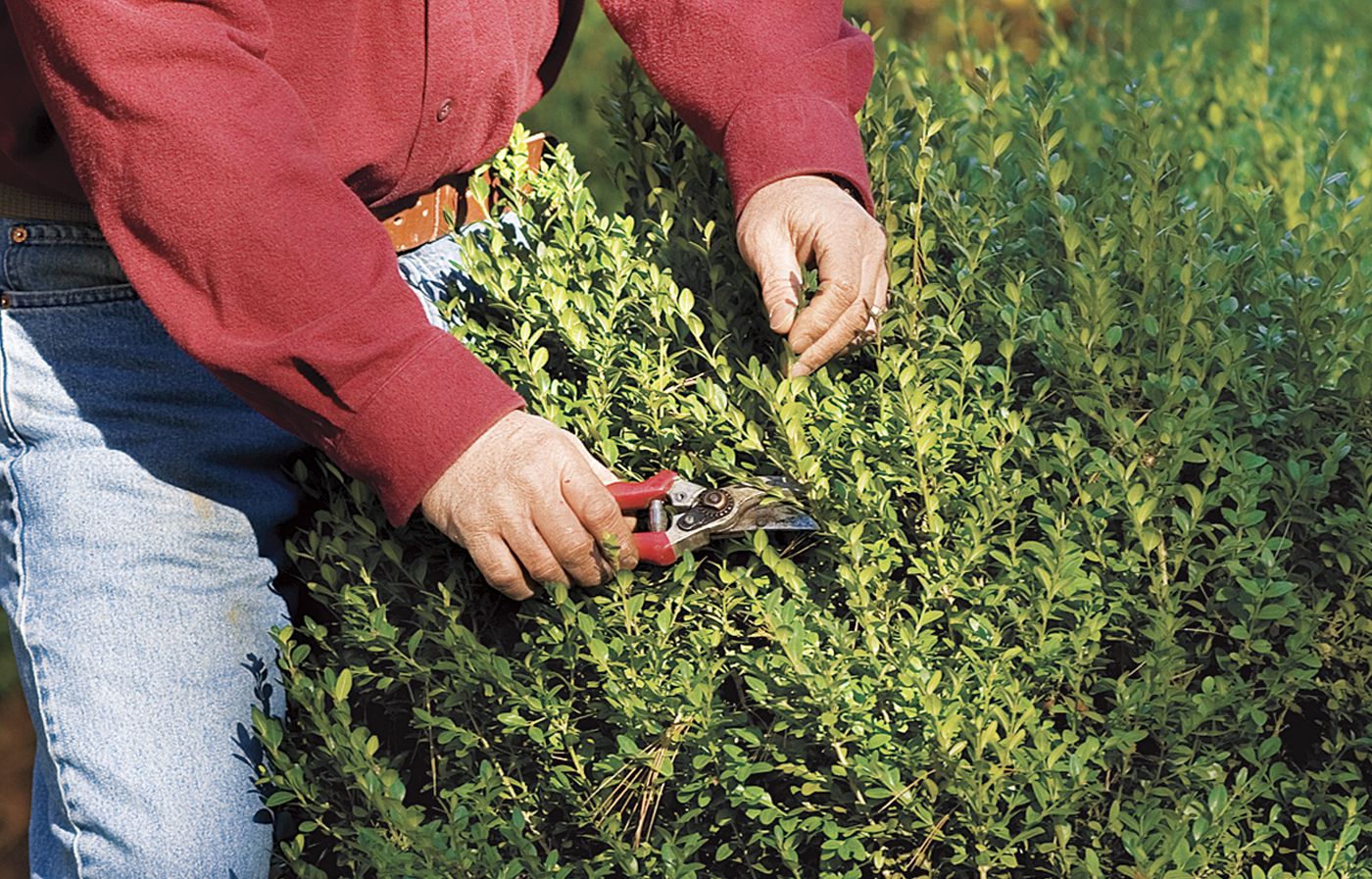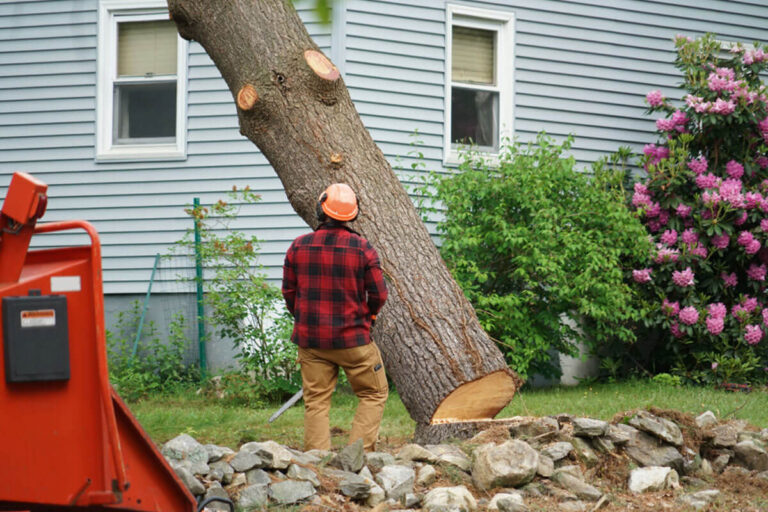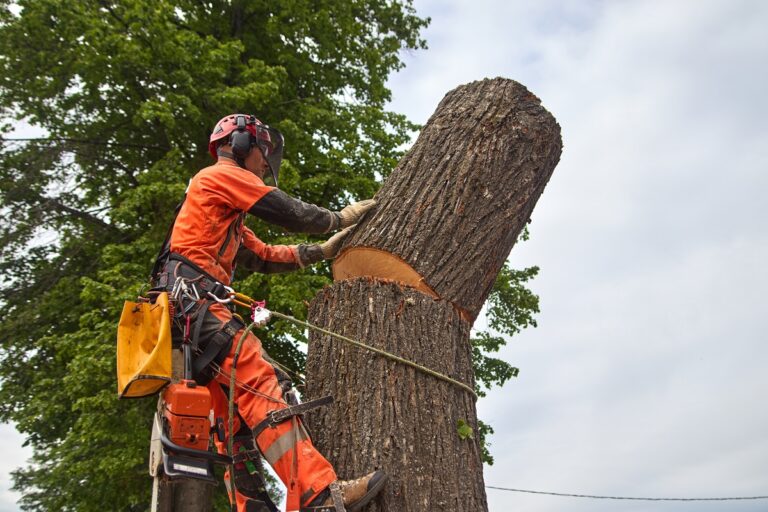Best Time to Trim Hedges: Seasonal Tips and Tricks
Hedges are a beautiful addition to any garden or landscape, providing privacy, definition, and a touch of greenery. However, to maintain their beauty and keep them healthy, regular hedge trimming is essential. Knowing the best time to trim your hedges can make a significant difference in their growth and appearance. In this article, we will explore the seasonal tips and tricks that will help you achieve the best results.
Understanding Hedge Trimming
Before we delve into the specifics of the best time to trim hedges, it’s important to understand why hedge trimming is necessary. Regular trimming not only enhances the aesthetics of the hedges but also stimulates growth and promotes overall health. Trimming helps maintain the desired shape, prevents overgrowth, and encourages denser foliage.
Best time to trim hedges plays a crucial role in the health and growth of your hedges. Trimming at the appropriate time allows the plants to recover quickly and promotes vigorous growth. Neglecting timely trimming can result in leggy, uneven hedges that are more prone to diseases and pests.
Furthermore, hedge trimming can also improve the flowering and fruiting capabilities of certain hedge plants. By removing dead or overgrown branches, you allow more energy to be directed towards producing flowers or fruits, resulting in a more vibrant and productive hedge.
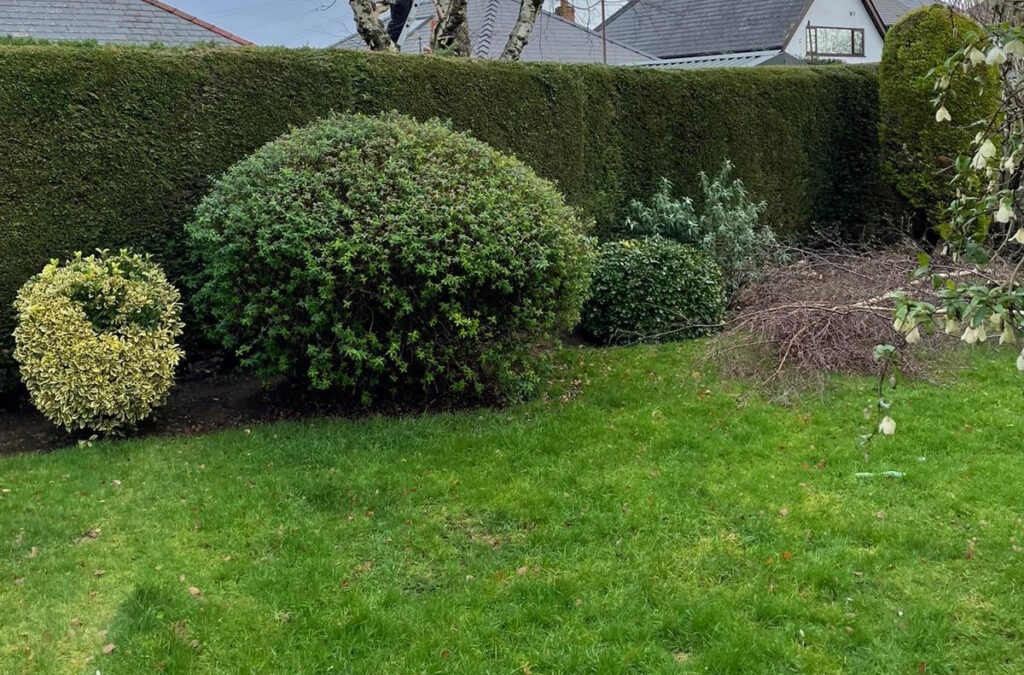
The Importance of Timely Trimming
Moreover, trimming hedges at the right time of year, such as before the active growing season, can prevent excessive stress on the plants. This timing ensures that the hedges have enough time to heal and generate new growth before facing harsh environmental conditions.
Basic Tools for Hedge Trimming
Before you embark on your hedge trimming journey, it’s important to have the right tools. A sharp pair of hedge shears, handheld pruners, and a sturdy ladder are essential for the job. Additionally, investing in an ergonomic hedge trimmer can significantly reduce fatigue and make the task more efficient. Learn more about ergonomic hedge at https://www.researchgate.net/publication/339295298_Design_And_Fabrication_Of_Ergonomic_Hedge_Trimming_Machine_With_Angle_Adjustment
It’s also beneficial to have pruning saws or loppers on hand for thicker branches that the shears may not be able to handle. Keeping your tools clean and well-maintained is key to ensuring clean cuts that promote faster healing for the trimmed hedges.
Seasonal Guide to Hedge Trimming
Now that we have a good understanding of hedge trimming and the necessary tools, let’s dive deeper into the best time to trim hedges according to the seasons. By following these seasonal tips, you can ensure your hedges stay healthy, vibrant, and well-maintained throughout the year.
Spring Trimming Tips
Spring is the ideal time for major hedge trimming as it kick-starts the growth cycle. As the weather warms up, new foliage starts to emerge, and any winter damage can be easily identified and addressed. However, there are a few additional details to keep in mind during this season. Click here to learn more about growth cycle.
When removing dead or damaged branches, it’s crucial to make clean and precise cuts using handheld pruners. This not only promotes healthy growth but also prevents the spread of diseases. Additionally, shaping the hedges with hedge shears requires a delicate touch. Remember to maintain a slight taper towards the top, as this allows better light penetration and ensures an even distribution of nutrients.
Summer Trimming Tips
Although less extensive than spring trimming, summer pruning is still necessary to maintain the shape of your hedges. However, there are a few key considerations to keep in mind during this season to avoid potential damage.
When removing excessive growth, take care not to over-prune, as this can expose the delicate inner branches to scorching heat and sunburn. It’s important to strike a balance between maintaining a neat, uniform appearance and preserving the health of your hedges. By trimming selectively and focusing on the areas that need attention, you can achieve a well-groomed look without compromising the overall vitality of the plants.
Autumn Trimming Tips
As the leaves start to change color and fall, it’s time to tidy up your hedges and prepare them for the approaching winter. However, autumn trimming requires a slightly different approach to ensure the longevity of your plants.
In addition to removing dead or diseased branches, it’s essential to pay extra attention to signs of fungal infections or pests. These issues can be more prevalent during the autumn months, so a thorough inspection is crucial. Lightly trimming the hedges will help maintain their shape, but it’s important to avoid heavy pruning. This is because excessive trimming can stimulate new growth that may not have enough time to harden before the winter frost arrives.
Winter Trimming Tips
While winter is not the ideal time for extensive hedge trimming, it presents an excellent opportunity for light maintenance. By following a few simple tips, you can keep your hedges in good shape during the colder months.
Use this time to remove any stray branches that may obstruct walkways or windows, ensuring a clear path for both you and your guests. When pruning during winter, it’s crucial to be mindful of low temperatures. Avoid trimming when frost or extreme cold is expected, as this can cause damage to the plants. Instead, wait for a milder day to perform light maintenance, focusing on maintaining a clean shape rather than significant growth reduction.
By following these seasonal trimming tips, you can ensure that your hedges remain healthy, well-maintained, and a beautiful addition to your outdoor space throughout the year. Remember, each season presents unique challenges and opportunities, so adapt your trimming techniques accordingly for the best results.
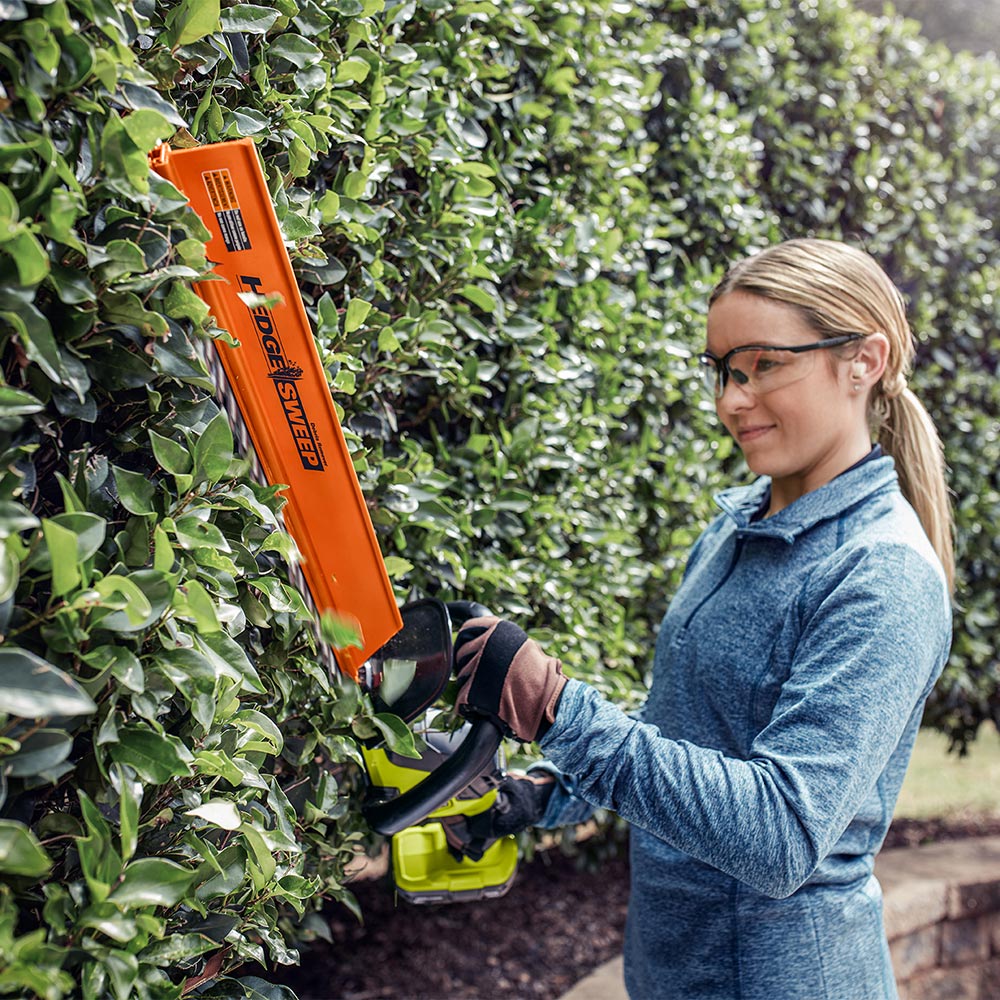
Common Mistakes in Hedge Trimming
While understanding the best time to trim hedges is crucial, it’s equally important to be aware of common mistakes that should be avoided.
Over-trimming Your Hedges
Over-trimming, also known as over-pruning, can have detrimental effects on your hedges. It weakens the plant, making it more susceptible to diseases and pests. Additionally, excessive pruning can result in sparse foliage and an unnatural appearance. Only trim what is necessary to maintain the desired shape and promote healthy growth.
It’s essential to remember that hedges have their own natural growth patterns and rhythms. By over-trimming, you disrupt this balance and put unnecessary stress on the plants. To avoid over-trimming, consider using sharp and clean tools to make precise cuts, ensuring you don’t remove more than a third of the growth at once. This approach will help your hedges thrive and maintain their lush appearance.
Trimming at the Wrong Time
Timing is everything when it comes to hedge trimming. Trimming at the wrong time can disrupt the natural growth cycle and hinder the overall health of the plant. Avoid trimming during extreme weather conditions, such as scorching heat or freezing temperatures. Stick to the recommended seasonal guidelines to achieve optimal results.
Understanding the specific growth habits of your hedge species is crucial for determining the best time to trim. For example, flowering hedges should be pruned right after they bloom to encourage new growth. On the other hand, evergreen hedges can be trimmed in late winter or early spring before the new growth spurt. By aligning your trimming schedule with the natural growth patterns of your hedges, you can promote healthy development and vibrant foliage.
Ignoring the Hedge Health
While trimming is essential for maintaining the visual appeal of your hedges, it’s equally important to pay attention to their overall health. Regularly inspect your hedges for signs of disease, pest infestation, or nutrient deficiencies. Make necessary adjustments to your trimming routine to address any underlying issues and ensure the long-term health of your hedges.
Healthy hedges are not just about aesthetics; they also play a vital role in providing privacy, noise reduction, and habitat for wildlife. Keep an eye out for common hedge issues such as yellowing leaves, unusual spots, or pest activity. By proactively addressing these health concerns through targeted trimming and appropriate plant care, you can maintain thriving hedges that enhance the beauty and functionality of your outdoor space.
Tips and Tricks for Perfect Hedges
Now that you’re familiar with the best time to trim hedges and common mistakes to avoid, let’s explore some tips and tricks that will help you achieve perfect hedges.
Achieving a Straight Cut
To achieve a straight cut, use a string or a straightedge as a guide. This will ensure that your hedges have uniform height and a clean, professional appearance. Take your time and make precise cuts to maintain straight lines throughout the hedges.
But what if you’re dealing with a particularly long hedge that seems impossible to keep straight? Fear not! There’s a nifty trick that can help you out. Take a long piece of string and stretch it tightly along the length of the hedge, securing it at both ends. This will serve as a visual guide, allowing you to trim the hedge evenly and achieve that coveted straight cut.
Encouraging Healthy Growth
Regularly fertilize your hedges to promote healthy growth and vibrant foliage. Use a balanced fertilizer specifically formulated for hedges, following the manufacturer’s instructions. Additionally, water your hedges deeply during dry spells to prevent dehydration and promote robust growth.
But did you know that there are natural ways to encourage healthy growth in your hedges? Consider using organic compost as a natural fertilizer. Not only does it provide essential nutrients, but it also improves the soil structure and enhances water retention. By incorporating compost into your hedge care routine, you’ll be giving your hedges the best chance to thrive and flourish.
Dealing with Thick Branches
When confronted with thick branches that are challenging to trim with handheld shears, use a handheld pruner or a larger set of hedge shears. Make multiple cuts from different angles to safely and gradually remove the excess growth. Always wear protective gloves and eyewear when dealing with thick branches to avoid injuries.
But what if you encounter a particularly stubborn thick branch that seems impossible to tackle? Here’s a pro tip for you: try using a pruning saw. This specialized tool is designed to cut through thick branches with ease. With its sharp, serrated blade, you’ll be able to make precise and controlled cuts, ensuring that your hedges remain healthy and well-maintained.
By following these seasonal tips and tricks, you can ensure that your hedges are healthy, visually appealing, and a standout feature in your landscape. Remember, timely trimming, understanding the growth cycle, and proper maintenance are the keys to achieving beautiful and vibrant hedges throughout the year.
Other resources: Comprehensive Tree and Hedge Trimming Services Near Me

